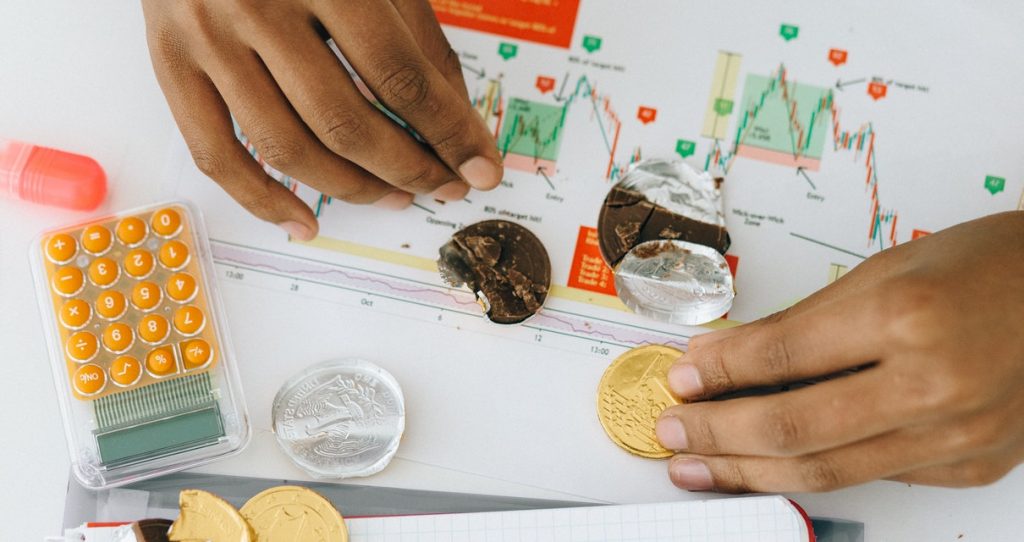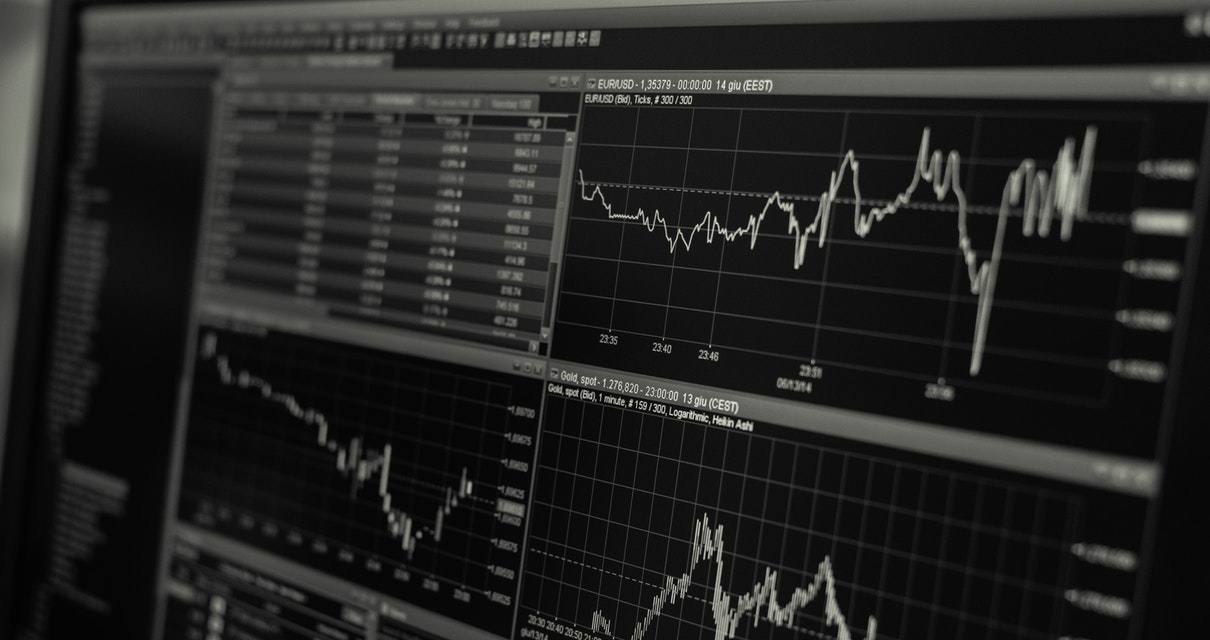If you talk to any trader or market expert about swing trading and day trading, they will probably tell you different things. Some of them have had more success with a particular style of trading and like it better.
On the other hand, some traders are simply used to trading in a specific way and don’t want to change anything. However, before figuring out what works best for you, it’s essential to understand and determine the different trading styles available to you.
There is a lot of information and debate about Swing trading and Day trading. Thus, most new traders wonder and ask the question: “Which one is better?” That’s what we’re going to talk about in this post.
Swing trading explained
This trading style involves traders holding positions for multiple days and sometimes even weeks. Even though they may hold positions for more extended periods, they can still take advantage of market volatility and liquidity to make profits. The goal of Swing traders is to buy and sell the short-term lows and highs (swing points) within a larger overall trend.
Swing traders use the higher timeframe (e.g., Daily, weekly charts) to anticipate when a market move is likely to occur and then get in before a strong trend starts in the market. Swing traders take relatively fewer trades, and as a result, the associated commission costs and slippage are significantly lower compared to other trading styles. Swing trading, if done correctly, can be very profitable since you can manage your positions with larger price swings and optimize your risk-to-reward ratio.
Day trading explained
Day trading involves buying and selling commodities, futures, bonds, stocks, and other financial instruments to profit from the frequent price changes within the trading day. During a single trading day, traders hold different positions for minutes, hours, or even seconds, and they never allow it to be opened overnight into the next trading day.
Unlike Swing trading, it requires a tremendous amount of time to day trade. You may have to be glued to your computer to actively manage your open positions in real-time to avoid unnecessary risk exposure and exit positions when necessary. Because day traders do not hold their positions overnight, they are not exposed to the risk associated with economic news events.
They trade multiple times during the trading day and primarily focus on shorter timeframes (e.g., 1min, 5min, 15min, etc.) to make their trading decisions. As a result, they may incur higher commission costs, which can substantially reduce their profits in the long term. To maximize their profits, they utilize high leverage in their trading to make up for the high transaction costs.
How are swing trading and day trading different

Generally, both of these trading styles have a single goal – to earn profits. However, the main difference between these two is the holding position time. Swing traders can allow their trades to last from a couple of days to several weeks before its closure, while day traders seek to close all open positions before the trading day completes. Swing traders trade on the premise that it will take a relatively long time for their trade ideas to pan out and, as such, do not ‘baby-sit’ their positions.
It is noteworthy to emphasize that the difference between swing trading and day trading goes beyond its holding position times. Here are other critical differences between Swing trading and day trading:
Margins & Leverage
- The margin requirements for day traders are low since they can use high leverage and close positions quickly, usually within minutes.
- Swing trading utilizes higher margin requirements compared to day trading. Low leverage is used to reduce the risk of exposure in the market.
Number of trades
- Day traders take multiple trades within the trading day, intending to make relatively small amounts of profit over several trades. These small profits can add up to become a significant amount at the end of the trading day.
- Swing traders trade less frequently, taking their time to analyze the market’s overall trend and anticipate its direction to catch a more significant price swing or a major trend.
Time Factor
- Day trading can be very demanding simply because it requires the trader to attend to his trades in real-time to quickly enter and exit the market as per their trading strategy. This can be very time-consuming and stressful and may affect the trader’s overall performance, especially if he has other tasks that require his attention.
- On the other hand, Swing traders do not need to be in the market every day to make a profit. They do not need to be constantly monitoring their position since they last for several days or weeks. As a result, they have the flexibility of combining their full-time job with their swing trading. They may generally seek to make profits in the market over the long term.
Risk Exposure
- Day traders are less likely to be exposed to systemic risks because they are in and out of their positions within minutes or hours most of the time. Day traders recognize the importance of economic news events in trading and will mainly have no positions opened until after a high-impact economic news event has been released.
- Swing traders may be subject to overnight and systemic risks since their positions are exposed for several days or weeks in the market. If there are high-impact economic news events, a swing trader’s account can be overly exposed and can cause significant losses if there is no adequate risk management framework in place.
Which one is more Profitable?

Trading profitability largely depends on the trader’s overall skill and trading behavior rather than on the style of trading. However, arguably, day traders may have the potential to make significant profits within a short time as they take multiple trades with smaller profits. It does not suggest that day trading is overall always more profitable than swing trading. To make a profit daily, day traders need excellent decision-making skills, follow trends, and perform analysis.
The basic rule is quite simple: the longer a trader keeps a position open, the higher the chances are of the market moving away from the original price. Therefore, if a trader has made the right trading decisions as per their trading strategy, they could turn a profit regardless of their trading style.
So which trading style makes more money? It’s hard to say, as there are so many different factors involved, including market volatility, trading skills, experience, recent market events, and the commitment and discipline of the trader.
Is day trading or swing trading safer?

Trading of any kind has risks, and this is the same with day trading and swing trading. In general, the more risk a trader takes, the higher the potential profits are. With day trading, the price movements are much smaller on average.
In other words, a price for one asset won’t change that much in a market unless there is an unexpected economic news event. That’s why there are lower risks involved in day trading compared to swing trading. However, day traders usually make multiple trades each day, and if they were in a losing streak, the losses could pile up to a significant amount.
On the other hand, even though Swing traders are also exposed to risk, they can make corrections in their prediction over time, reassess the overall trend of the market, and decide to either reduce risk or exit their positions entirely.
Generally, both trading styles require a good risk management strategy. Different risk management strategies need a lot of practice to master and to minimize risk in the market.
The bottom line
Which one of these is a better trading option? The answer is none. It’s up to you as a trader to assess what kind of trading style suits you better.
In general, people who focus on specific markets are better at day trading. On the other hand, if you have a more general approach, you should try swing trading. Swing trading is also easier to manage and requires less knowledge. However, day trading has the potential to help you earn a massive profit in a single day if you know what you’re doing.





